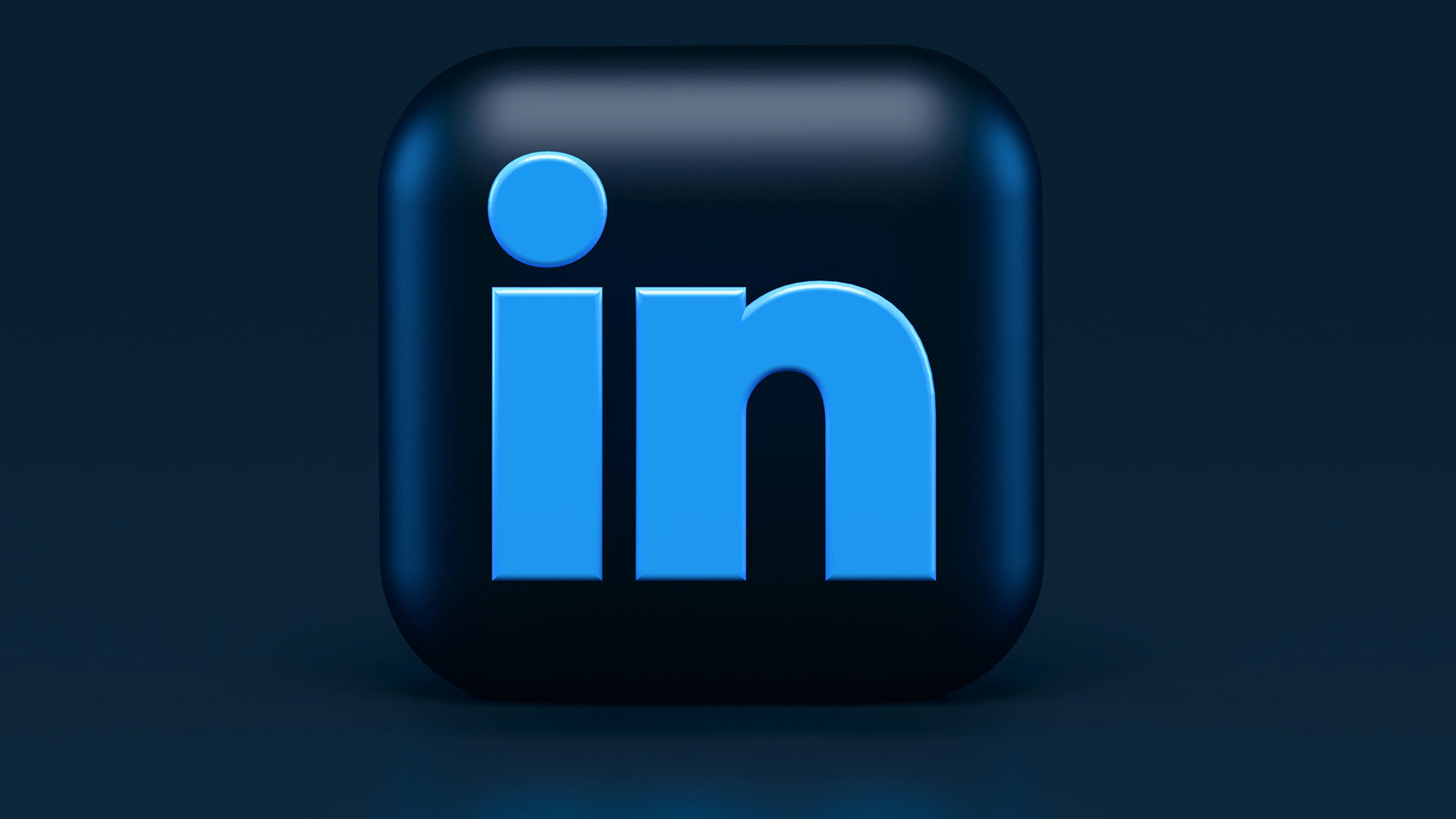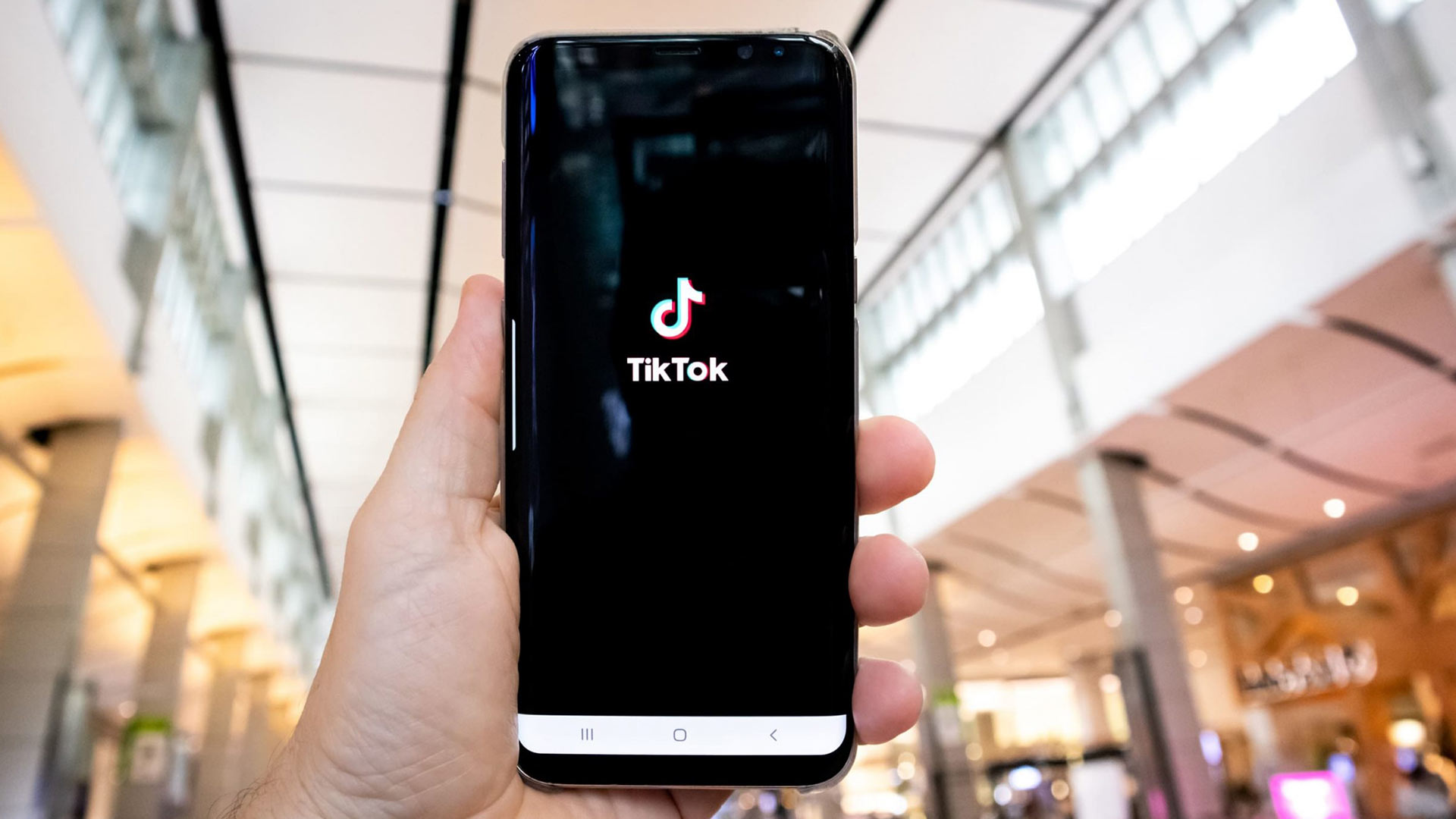When Green Apple was founded in 2012, we started with the commitment to always find the best way possible to serve our clients and support our staff. Rather than striving to become an agency with large office space, we wanted to stay nimble and find workspaces that were collaborative but not constraining. Instead of hiring dozens of full-time employees and trying to find ways to keep their plates full with projects our clients potentially didn’t need, we wanted to create a model that embraced the growing freelance economy to work with specialists who were building their businesses.
That’s where the concept of the Green Apple Orchard began to take root. The Orchard allows us to build the perfect marketing team for our clients by working with some of the industry’s top creative talent.
How the Green Apple Orchard Produces Even Greater Results for Our Clients
1. We employ a team of freelance specialists to offer the best talent.
The Orchard is comprised of writers, print designers, web designers, web developers, photographers, and videographers who serve on our accounts as Green Apple team members. Many of the Orchard members have decades of experience in their areas of expertise. Some would be too expensive to hire on their own, but we have access to their services because they enjoy working alongside Green Apple’s clients in addition to their other commitments.
2. We match you with team members with the experience or expertise you need.
The Green Apple Orchard becomes even more valuable as we begin to work with new clients. Each client that comes in at Green Apple undergoes a thorough onboarding period. During this process, we select Orchard members who will fit best with those accounts for the services they need (writing, photos, web design, web management, graphic design, etc.). We’re able to work with specialists from various backgrounds who often have direct experience related to our client’s industry.
3. We can grow our team quickly as your needs expand.
Your marketing strategies and tactics should evolve as your company evolves and trends change. This is where hiring an internal marketing team can become tricky. For example, if you want to drastically shift your approach from an inbound content marketing approach to a more targeted account-based marketing strategy, your internal team might not have the experience or skills to deliver. Because of the Orchard, we’re able to adapt our teams and services with clients as the relationship grows or your needs expand.
4. We maximize our hybrid model to meet your needs from around the world.
For the past decade, we’ve worked with specialists and talent from around the southeast. At the beginning of the COVID 19 pandemic, Green Apple officially embraced a hybrid office model that allowed our entire team to work virtually but still have access to a central meeting space for meetings, brainstorming, team building, open-space working, and team collaboration.
As a hybrid agency, we’ve become incredibly skilled at working with Orchard members from across the country. This allows us to tap into resources from literally around the world to meet our clients’ needs.
Grow Your Business Through the Orchard
Are you looking for a strategic, full-service marketing firm that has the experience and adaptability to meet your needs? Contact Green Apple Strategy today to schedule a consultation. Our team is happy to sit down with you to discuss your goals and how we can help you achieve them.











